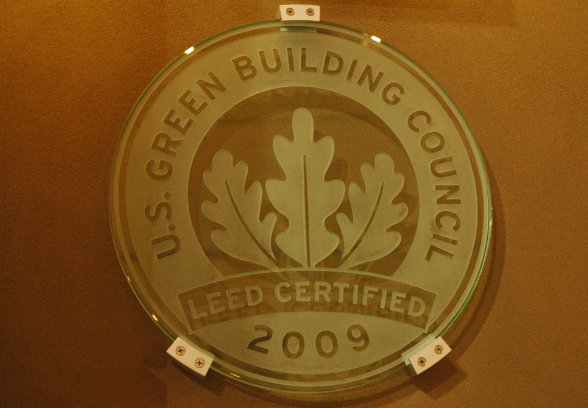LEED Building Material Promoting The Idea Of A Greener Environment
Lately, you must have come across the acronym ‘LEED’ whenever you initiated a dialogue on account of green building ideas for constructing your home. As a responsible citizen of your country, it’s your civic duty to take care of the environment on every step that you take, be it buying a car, or building a new home.
There are certain building materials which promote the green ideas of home construction, and it’s advised to use these green materials as ideal material in your home to promote sustainable home design.
What is LEED?
The U.S Green Building Council (USGBC) introduced the better version of their earlier program LEED also as known as Leadership in Energy and Environmental Design for different categories of buildings be it commercial or private. This is a rating system which evaluates buildings life-cycle on their environmental performance.
Is it even used?
After leed consulting launch, the program has tremendously grown in popularity and is considered as a viable for providing a third party with green building certified designs to ensure the work is compatible with stringent measures of performance.
There are some renowned buildings that are LEED certified, just in case you doubt LEED certification validity
- Taipei 101: The world’s tallest LEED certified building
- Empire State Building: Authorized with LEED gold certification
- Clinton Library: The most energy efficient LEED certified presidential library
- Park Ventures: Thailand’s new & efficient LEED certified business hotspot and luxury hotel
- Water + Life Museums: The World’s first efficient platinum museums.
Other than these popular names, there are few more which are LEED certified and are constructed following the standard stringent of performance. Check the full list here on The Spinnaker Group.
How does LEED evaluate different construction projects?
Each building project is different and it would be unfair to evaluate all of them based on the conventional parameters. Like the different variations of comparison between buildings, the evaluation parameters should also be different. Agreeing to this, LEED came up with a unique evaluation design suitable for all building projects.
Evaluation parameter 1: Building construction and design
Evaluation parameter 2: Interior design and construction
Evaluation parameter 3: Building operation and maintenance
Evaluation parameter 4: Neighbourhoods and development
Benefits of LEED certification
The benefits associated with LEED certification is not purely lucrative neither purely accomplishing civic duties. We can say it’s a synergy of both groups together working in the direction to improve the environmental conditions through a bit of modification in the way our needs are achieved. Also, for a long term sustainability, LEED certification is one option that you can access.
Here we are listing certain benefits which are surely inevitable
- Leave a better environmental footprint: The operations executed in your building are accountable for 34% of greenhouse gas emission in contrary the LEED-certified buildings reduce the same percentage of greenhouse gas emission. This is only a matter of what you’re giving back to your environment in which you’re living.
- Save some dollars: LEED certified buildings are more energy efficient and use a minimal amount of energy directly reducing your bills and saving a substantial amount in the long run.
- Create a healthier environment: When you obtain a LEED certificate, you transform your building into an environment friendly building. Also, you curb the unhealthy working environment, providing a safer and friendly work environment. This directly induces a growth in your productivity.
Tags: Leed consulting weston, sustainability consulting weston

